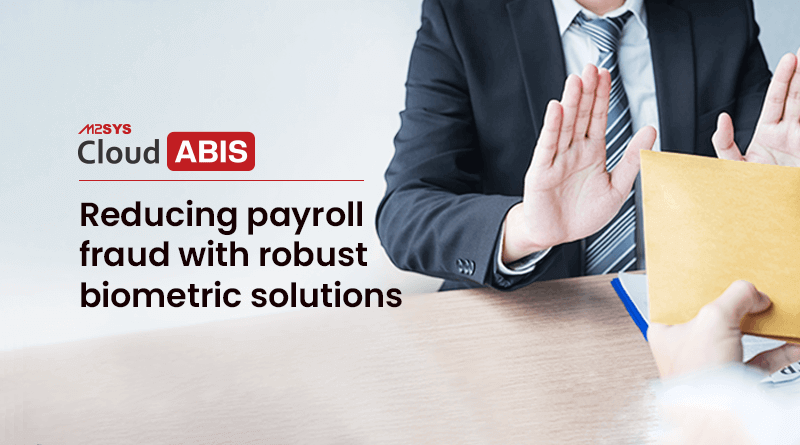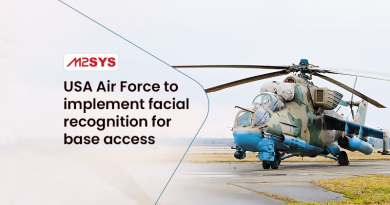Payroll fraud remains common in African nations: How biometric identification and verification can help
Payroll fraud isn’t new; it’s actually been occurring for decades. It is commonly seen where corruption is rife, higher-ups look the other way, and robust technology, like biometric identification and verification, isn’t used to reduce these illegal practices.
A few African nations are still facing these issues continuously. Several public employees indeed continue to receive unauthorized salaries and financial perks from their national public service systems. Due to this, their governments are losing significant cash — cash that could’ve been used to develop the infrastructure or other important projects.
Reputed institutions like the World Bank have advised countries to opt for systems that can improve transparency and accountability while reducing corrupt practices. Implementing biometric identification and verification systems can drastically help with that — more on it later.
Payroll fraud has been occurring for decades
While several developed and developing countries have robust and reliable systems in place to prevent corruption and ensure transparency, many African countries still need such facilities. In the past, it was revealed through audits that Nigeria, Ghana, and Zimbabwe were losing obscene amounts of money due to ghost workers included in public service payrolls. Fortunately, thanks to biometric identification and verification systems, these pension fraud cases were detected and eliminated successfully.
Not even Morocco is safe
Even Morocco, one of the most prosperous countries in Africa, still has several “ghost workers” under the public service payroll. In fact, the payroll fraud in Morocco is so big that it eats up a huge chunk of the public funds that could’ve been used to further improve and develop the nation. Both government and police officials have confirmed the existence of these “phantom workers.” Unfortunately, these are covered up by higher-ups who receive “commissions” to ensure that they look the other way while these fraudulent activities occur.
Many have urged Morocco to use biometric identification and verification systems to weed out these ghost workers, prevent payroll fraud, and ensure transparency and accountability across the affected government agencies.
But why is biometrics the answer to these fraudulent activities, and how can it help? Let’s find out.
Biometric identification and verification can fight fraudulent activities
Biometrics has been around for quite some time, and while it helps with accurate identification and verification, it also prevents fraud. How does biometrics do that?
Well, “ghost workers” have immense influence in government offices. Therefore, users may have access to fake IDs in place that can help them bypass existing systems. As a result, nobody could detect these ghost employees using existing systems, and as long as they existed within the system, they would commit payroll fraud, eating up a huge chunk of the public fund.
On the other hand, biometric identification and verification systems require employees’ physical traits. Indeed, most biometric software solutions use different modalities, such as face recognition, fingerprint, finger vein, and iris scanning. Since these traits are non-transferable, fraudulent activities are drastically reduced. In fact, if any of these ghost employees turned up to verify their identity, the system would show that their biometric data isn’t available in the database, helping prevent payroll fraud.
CloudABIS is M2SYS’ biometric API, which supports multimodal matching (fingerprint, finger vein, face, and iris) and can be easily integrated into any third-party application. The best part is that it works with any popular biometric hardware and capture tool, preventing vendor lock-ins and making it a robust and flexible solution for any biometric project.
M2SYS also provides biometric turnkey solutions — choose your own biometric hardware, biometric matching system, or capture tool, and M2SYS will give the entire turnkey solution for your biometric project.
Contact us now to learn how M2SYS can help bring your diverse biometric projects to life.











